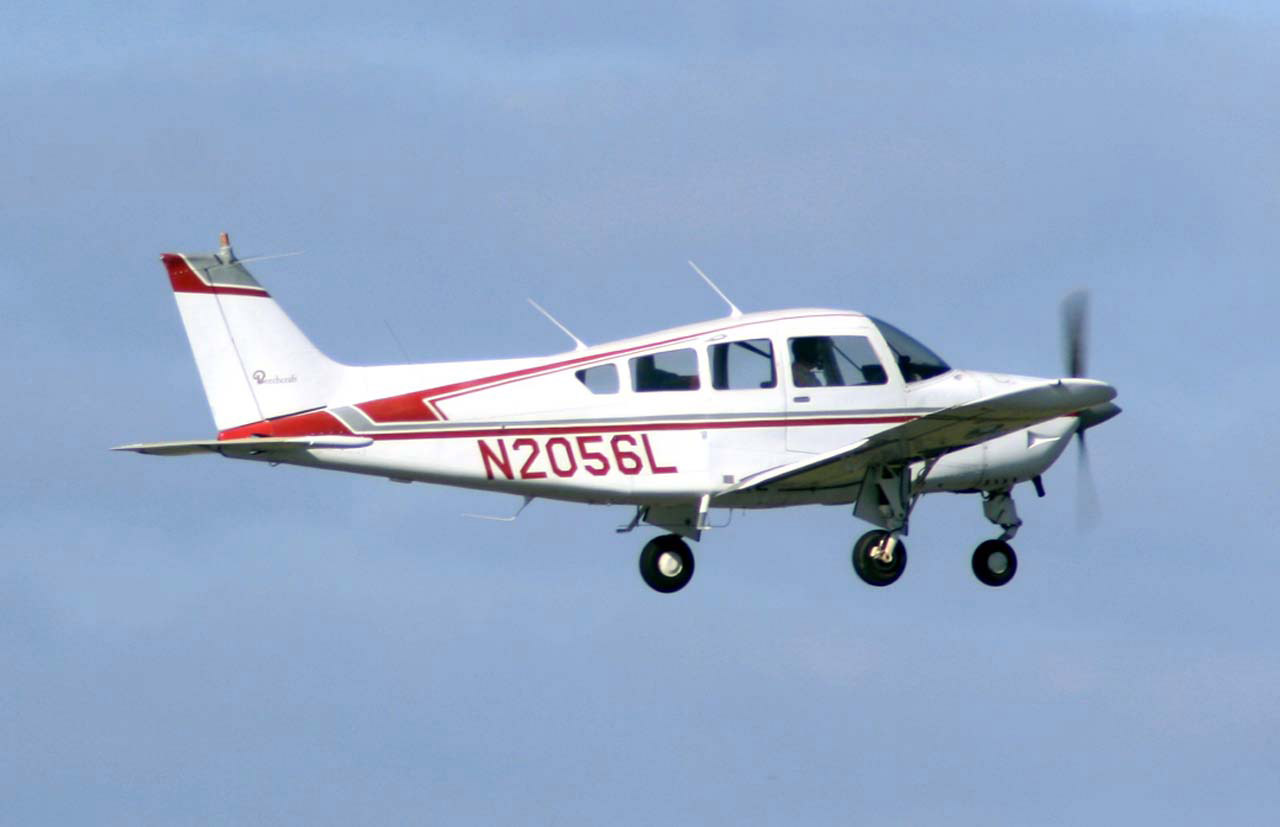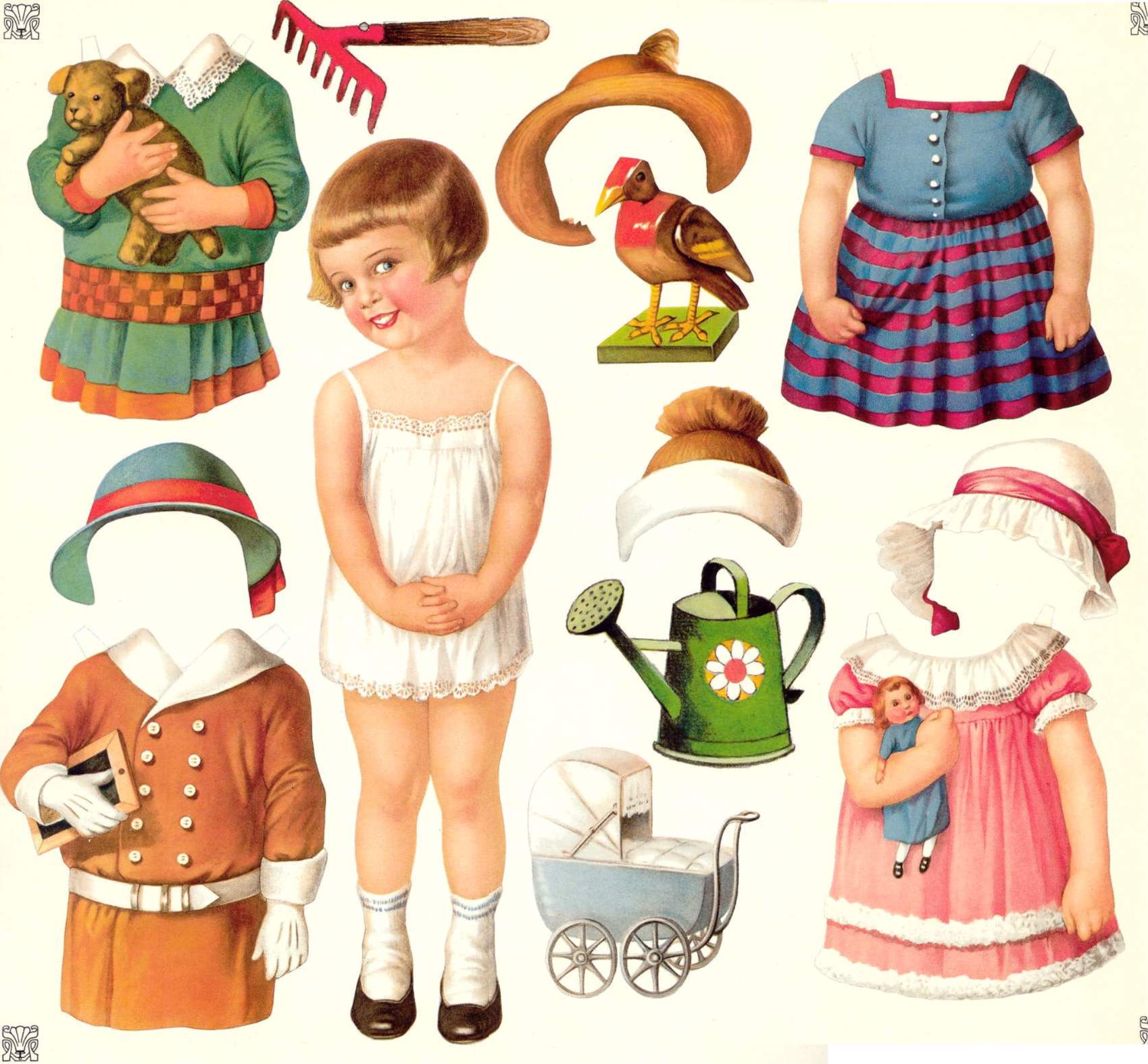Year 10+ Coordinate Geometry
Chapters
Planes
Planes

Sam, Jasmin and Al are walking home after maths class. Al is strangely excited about maths for the first time in his life. Sam and Jasmin are amazed by this until Al opens his mouth.
Al: I just loved maths today. That was the most exciting lesson ever!
Sam: (looking worried) What did you find so interesting, Al?
Al: Well it was all about planes. You know how I've always wanted to be a pilot, don't you?
Jasmin:Actually, Al, it wasn't about the sort of planes you fly. It was about planes in geometry.
Al looks very disappointed, and a bit confused.
So, what were they talking about in maths today? It's a little difficult to explain, but maybe we can start by talking about something you might have played with when you were much younger.

Maybe you played with dolls or action figures when you were younger. They are all three-dimensional figures: they have a width, a height and a depth. I also had paper dolls as a child, and you could also buy books of paper action figures. You cut them out from a book. They had a height and a width, but not much in the way of depth. They were flat little figures that you dressed in flat clothes. There wasn't really much to see if you looked at them side on. If you wanted to put them in a house, it had to be a flat house, and they rode in flat cars. If I tried to put one of my three-dimensional dolls in the flat car or the flat house, they wouldn't fit because they had so much more depth than the paper dolls.

Our world is three-dimensional. Everything in it has a width, a height and a depth. All objects have some sort of thickness to them, no matter how small. Because they were part of a three-dimensional world, my paper dolls had some depth. It was a very small depth, but it was a depth, nonetheless.
Two-dimensional space is a version of our world in which nothing has any thickness. Everything has a width and a height, but you wouldn't see anything if you looked at it from the side. In fact, there isn't a side to look at it from because there is only width and height. The pretend world of my paper dolls wasn't really 2-dimensional: they were part of our three-dimensional world, so they did have some depth, no matter how small. However, they give us an idea of what two-dimensional space is like. Everything has a height and a width, but no depth.
In geometry, we encounter objects of a number of different dimensions:
- A point has dimension \(0\): it has no width or height, only a position in space.
- A line has one dimension: length
- Flat shapes have two dimensions: length and height
- A solid object has three dimensions: length, height and depth.

In geometry, a plane is a two-dimensional space. It looks a bit like the top of a sheet of paper, but it extends on forever in all directions.
We draw a plane when we draw the graphs of functions. The \(xy\)-plane has two dimensions: an \(x\)-dimension and a \(y\)-dimension. We even put arrows on our \(x\) and \(y\)-axes to indicate that the \(xy\)-plane extends infinitely.
When we are working in a plane like the \(xy\)-plane, we can measure any distance and any angle. We can measure height and width, but we can't measure depth. A plane is infinitely large and infinitely thin. 2-dimensional geometry is the geometry of shapes, lines and points that are located in a plane.
Description
A coordinate geometry is a branch of geometry where the position of the points on the plane is defined with the help of an ordered pair of numbers also known as coordinates. In this tutorial series, you will learn about vast range of topics such as Cartesian Coordinates, Midpoint of a Line Segment etc
Audience
year 10 or higher, several chapters suitable for Year 8+ students.
Learning Objectives
Explore topics related to Coordinates Geometry
Author: Subject Coach
Added on: 27th Sep 2018
You must be logged in as Student to ask a Question.
None just yet!